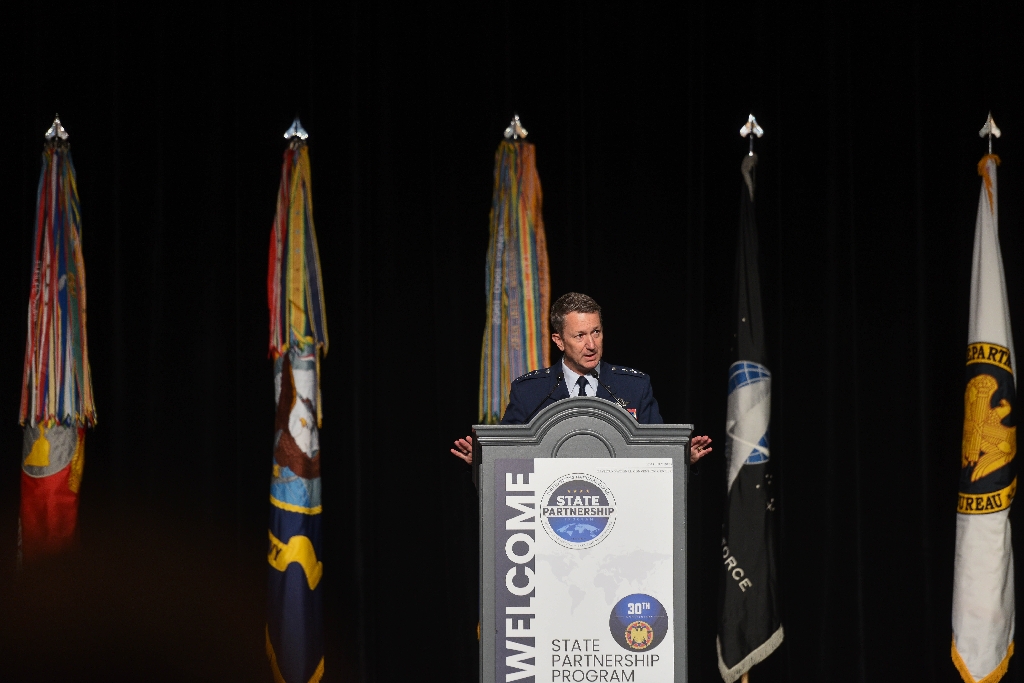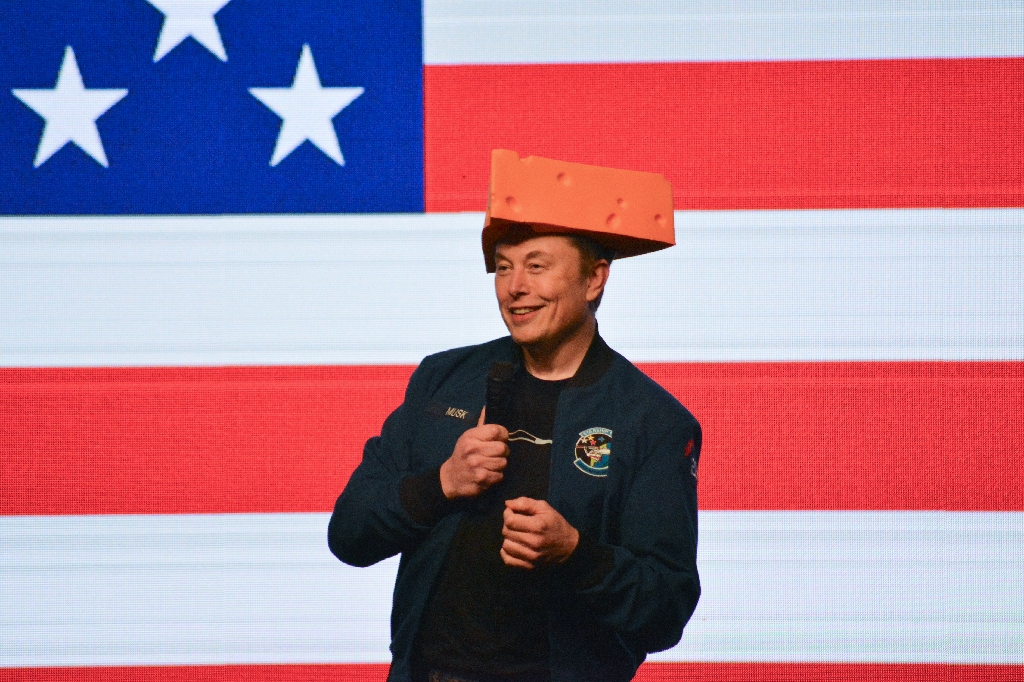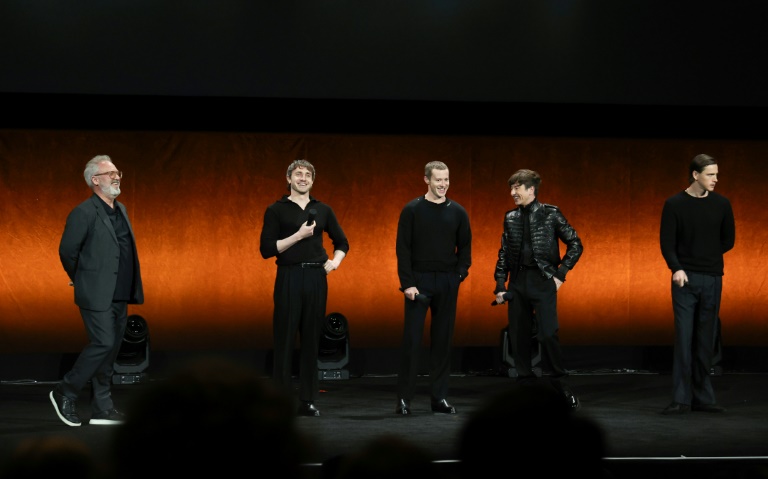Washington (AFP) – NATO leaders on Thursday looked to bolster ties with Asian partners after slamming China as a “decisive enabler” of Russia’s war, before holding talks with Ukraine’s President Volodymyr Zelensky at the end of a summit in Washington.
The 32-nation alliance has used the pomp-filled set piece in the US capital to showcase its resolve against Moscow and backing for Kyiv. The three-day gathering has been overshadowed by political uncertainty in the United States as President Joe Biden — who will give a press conference Thursday — fights for his own political survival.
After spending the bulk of the summit focused on bolstering Ukraine, NATO shifted attention eastwards by welcoming the leaders of Australia, Japan, New Zealand and South Korea. A strongly-worded declaration from NATO released Wednesday called Beijing a “decisive enabler of Russia’s war against Ukraine” through its supplies of dual-use goods such as microchips that can help Moscow’s military. China “cannot enable the largest war in Europe in recent history without this negatively impacting its interests and reputation,” NATO leaders said. Beijing hit back by warning NATO to “stop hyping up the so-called China threat and provoking confrontation and rivalry.” China presents itself as a neutral party in the conflict, but it has however offered a critical lifeline to Russia’s isolated economy, with trade booming since the conflict began.
The United States has been pushing its European allies for years to pay closer attention to the challenges posed by China. The Washington summit is the third such gathering attended by leaders from the four Asia-Pacific partners. Diplomats said several initiatives with the partner countries were due to be announced, including bolstering cooperation against cyberattacks and disinformation, and providing Ukraine non-lethal help. But the Pacific leaders’ presence is more about signaling NATO’s greater interest in the region at a time of growing competition between Washington and Beijing.
US missiles, Kremlin warning – After that sit-down, Ukraine’s Zelensky will take center stage at the giant convention center in the heart of the US capital. He will join his NATO counterparts after getting promises of new air defences for Ukraine and as Kyiv gets closer to finally receiving long-promised F-16 jets. But Zelensky has called on Kyiv’s backers, especially the United States, to go further — including by giving his outgunned forces greater scope to strike inside Russia. The United States on Wednesday also announced an important step to bolster NATO’s own deterrence against Russia in Europe by saying it would begin “episodic deployments” of long-range missiles to Germany in 2026. The White House said it would eventually look to permanently station them in Germany, and the missiles would “have significantly longer range” than current US systems in Europe. The Kremlin on Thursday struck back, saying it was planning “response measures” to contain the “very serious threat” from NATO, accusing the alliance of being “fully involved in the conflict over Ukraine.”
The leader of NATO member Turkey, President Recep Tayyip Erdogan, said that any possibility of a direct confrontation between Russia and NATO was “worrying.” “Any steps that could lead to this outcome should be consciously avoided,” said the Turkish leader, one of the few NATO members to have maintained ties with Russia since the invasion. Amid worries by key allies of drawing the alliance closer to war, NATO’s leaders on Wednesday once again demurred from issuing Ukraine a clear invitation to join their alliance.
Zelensky unleashed a diplomatic firestorm at a summit in Lithuania last year by lambasting NATO’s reluctance on membership. In a bid to soften any disappointment this time around, NATO leaders called Ukraine’s path to membership “irreversible.” They also pledged to provide Kyiv a minimum of 40 billion euros ($43 billion) in military support “within the next year.”
© 2024 AFP




